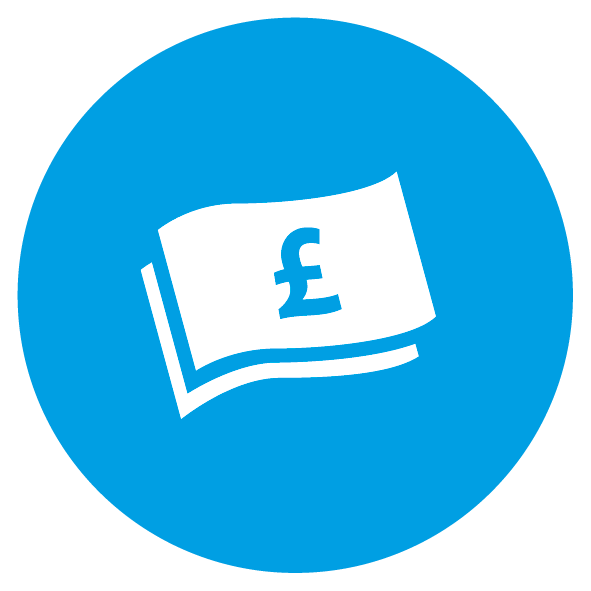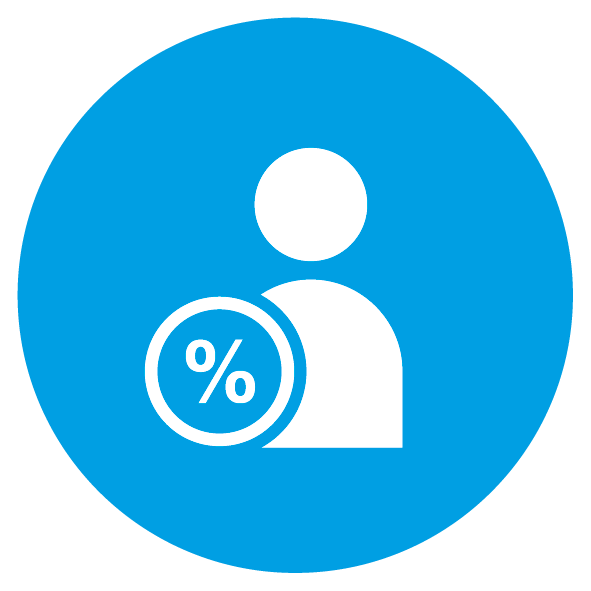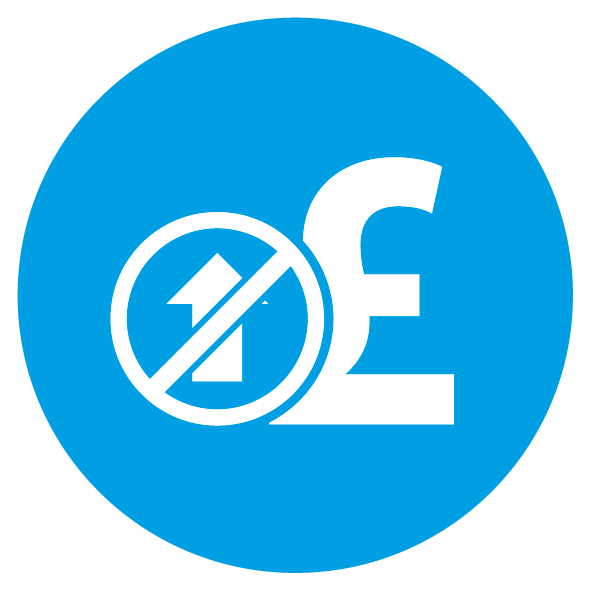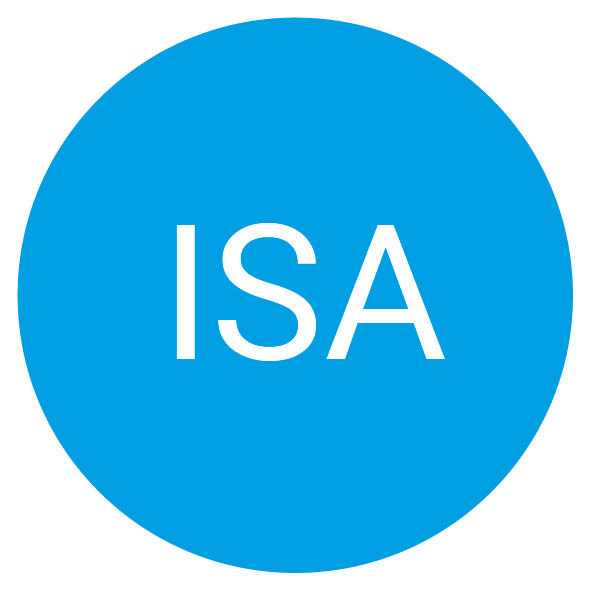We have compiled a number of personal tax planning tips for you to consider before the tax year ends on 5 April 2017:
Last chance to carry forward £50,000

•The 2016/17 tax year is the last opportunity to carry forward any unused annual allowance from 2013/14 when the limit was still £50,000.
•Carry forward can allow contributions in excess of the current annual allowance without any annual allowance tax charge.
Tax relief at highest rates
•

Higher rate and additional rate taxpayers will receive tax relief and 40% and 45% respectively. They may even benefit from the effective rate of 60% where they recover their personal allowance as a result of the contribution. See below.
Avoid the tapered annual allowance for higher earners

•The standard pension annual allowance of £40,000 will be reduced by £1 for every £2 of 'income' clients have over £150,000 in a tax year until the allowance is reduced to a minimum of £10,000.
•The tapering of the annual allowance doesn’t apply where taxable income less personal pension contributions, is less than £110,000.
ISAs

•Don’t forget to use your ISA allowances for this tax year – up to a maximum of £15,240 between investment and cash ISAs.
•Junior and Child Trust Funds can be maximised up to £4,080 per child.
•Gifting to adult children, who plan to buy a first home, to invest into the new help-to-buy ISA. Those over 16 can save up to £200 per month, over a four year window, to which the Government will add a 25% tax-free bonus, from a minimum of £400 up to a maximum of £3,000 on £12,000 of savings.
Capital gains tax planning

•You can crystallise gains ahead of the tax year to make use of your capital gains tax exemption of £11,100. This annual exemption cannot be carried forward and is lost if unused.
•Any brought forward losses from previous tax years can be used to offset any gains in excess of the annual exemption for 2016/17.
Income tax planning

•You can gift income producing funds between spouse to make the most of both the dividend income allowance of £5,000 and the savings allowance of £1,000 for basic rate taxpayers and £500 for higher rate taxpayers. By reducing income this could move someone out of additional rate tax at 45%, where income is over £150,000, or the effective rate of 60% tax where income is between £100,000 and £122,000.
Enterprise Investment Schemes (EISs), Seed Enterprise Investment Schemes (SEISs) and Venture Capital Trusts (VCTs)

•You can invest up to £1m per year in EIS investments, with the facility to carry back for one year, if unused in the previous tax year.
•Benefit from 30% income tax relief, CGT deferral and the potential to benefit from business property relief if the shares have been held for two years and are held at the date of death.
•Seed EIS is considered to be riskier due to the start-up nature of the companies but you can invest up to £100,000 and receive tax relief at 50%. As per EIS investments an investment made in this tax year can be carried back to 2015/16.
•VCTs offer the same income tax relief as EIS investments with a maximum investment of £200,000 per tax year. Dividends paid from a VCT are tax-free. VCTs do not suffer capital gains tax.
For further information, please contact your usual Moore contact.